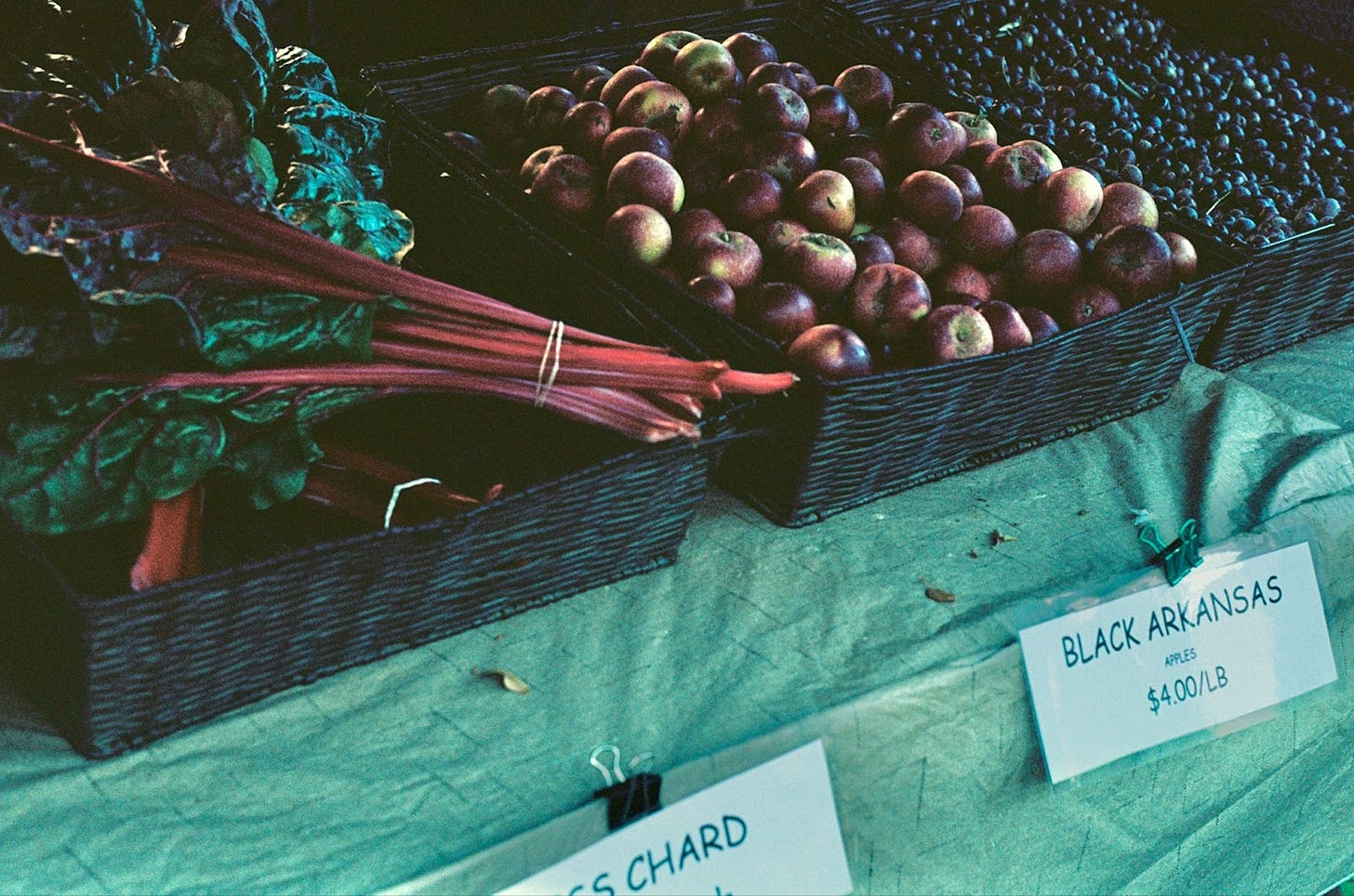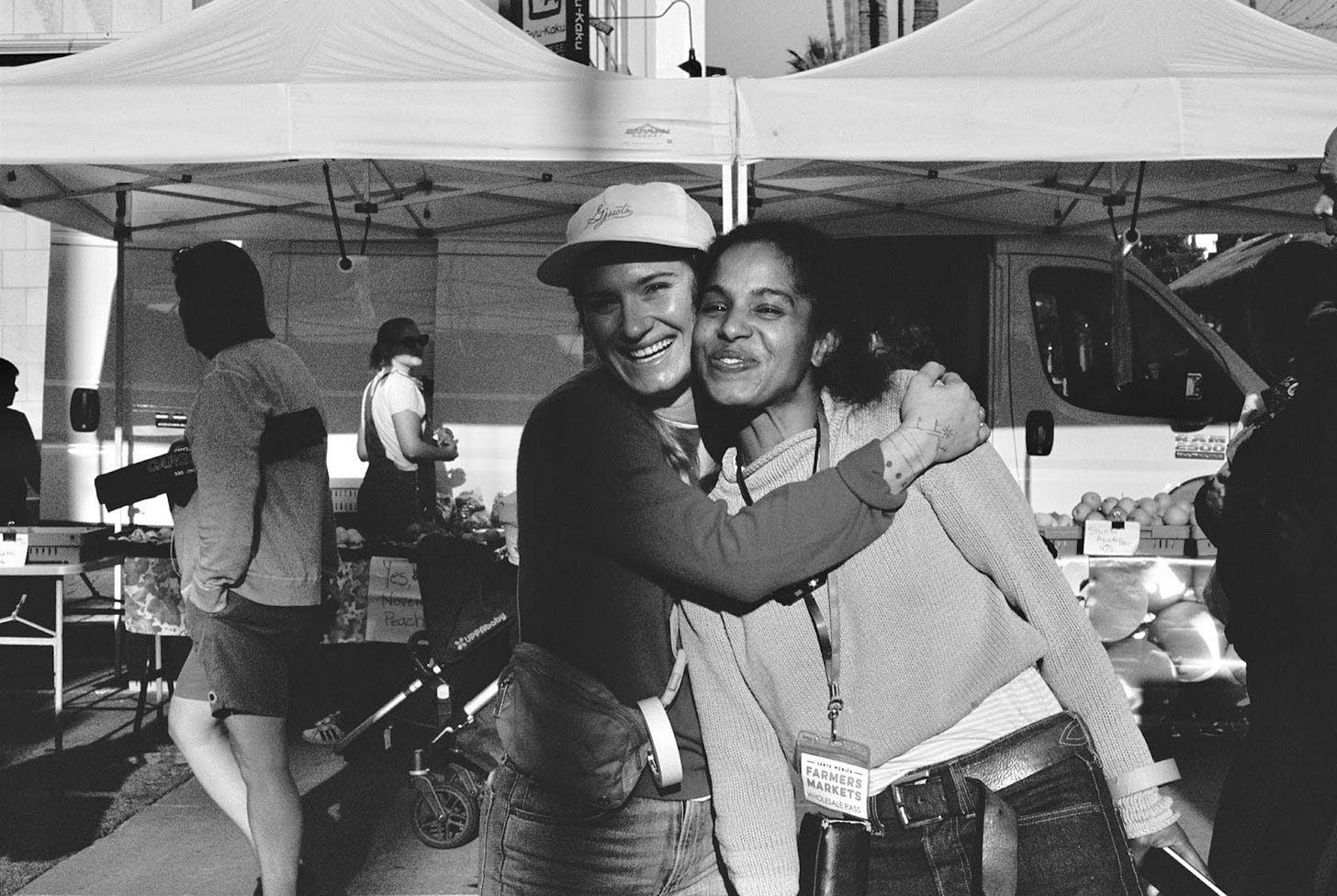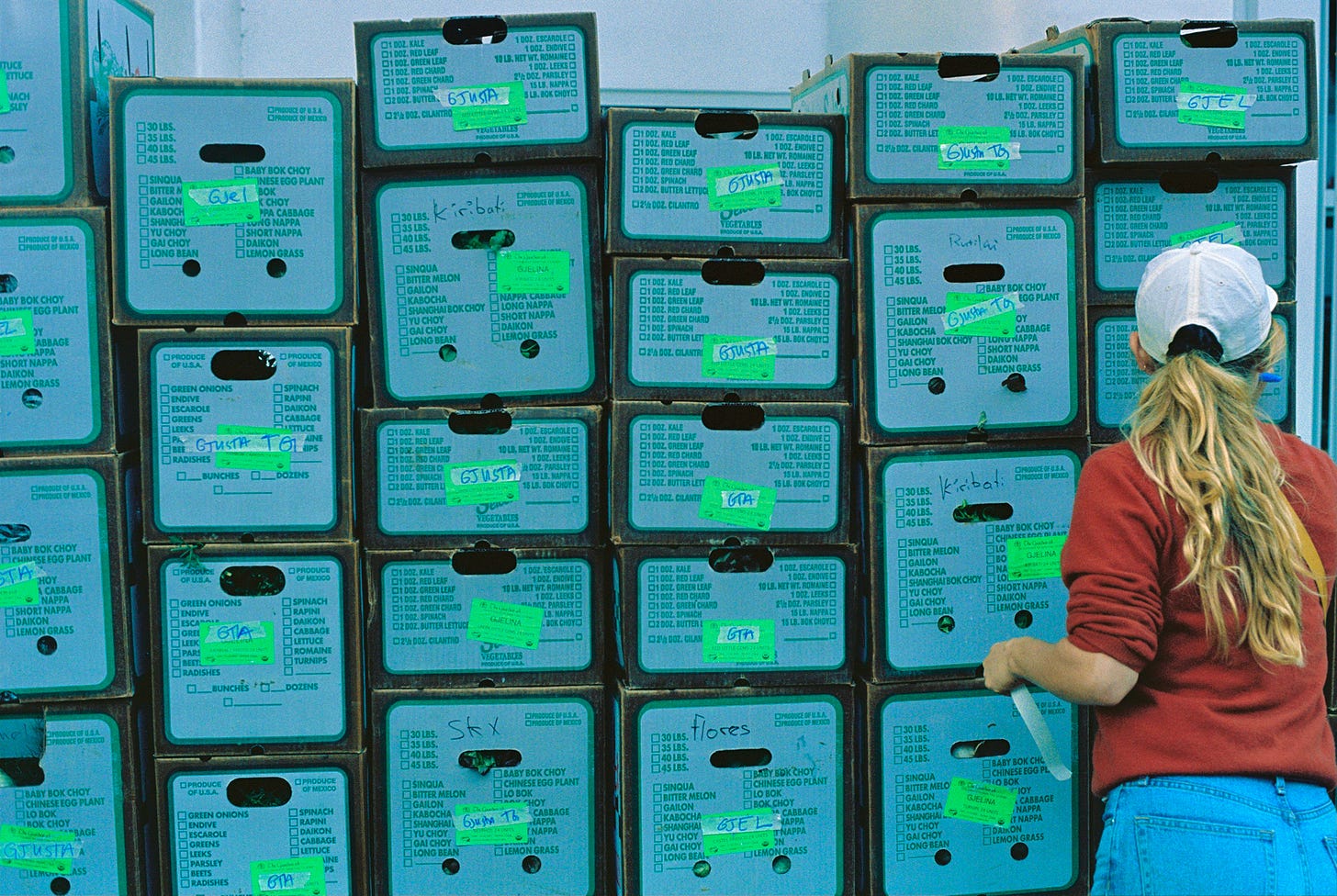What + Why of Farm Liaisons
The Secret Weapon
When you think of the positions in a restaurant, you’ll think first of the ones you interact with the most — server, busser, host, manager, and the cooks & chef. If you keep thinking about it, you’ll remember those that you see less of – the reservationist you spoke to on the phone, the sommelier if you were so inclined, the runner who brought the food out from the kitchen and then disappeared as quickly as they’d come. Perhaps you’ll remember the most important position — the dishwasher — without whom the operation of the restaurant comes to a full stop. But there’s another job of great importance you probably haven’t heard of, also someone in the background, which is becoming increasingly valuable and common for restaurants. Called “specialty food buyer” generally or “farm liaison” more specifically, this person is integral to menu creation, supply, and ethos.
As a position of its own, farm liaison is fairly new, with the role previously (and still for the most part) filled by chefs doing their own direct purchasing. Indeed some chefs may view having a farm liaison on staff as something of a luxury. But there is a distinct and powerful advantage to having a person in their employ who has the depth of knowledge about the products, agricultural conditions and practices, relationships with many vendors, and has the dedicated time and mental space to execute a concerted purchasing program. This person thus serves as an educator, to the chef and the farmer, and to the business’s guests by way of the service staff. It’s someone who can speak chef and speak farmer just as well, anticipating the needs and limitations of both.
To illustrate by way of a straightforward example, let’s say a restaurant is running a simple crudités-type dish using slender, tender french breakfast radishes, lightly dressed in lemon and olive oil, and served with the classic Piedmontese anchovy and garlic sauce, bagna cauda. When they first start serving it, the radishes, let’s say, come from Coleman Farms at the Santa Monica Farmers Market. Radishes grow very quickly, going from seed to harvest in just a few weeks, which is both tricky and advantageous at the same time. Coleman Farms might have these radishes for 10-14 days, then not at all for a week, gapping briefly as the previous planting of radishes is done being picked but the next one is not yet ready. Or perhaps insidious aphids ate the radish tops in one of the fields and they’re no longer suitable for serving with the greens still attached, as is customary. The farm liaison will foresee this based on experience or communicate with the grower ahead of time, to make a substitution on behalf of the restaurant that is suitable.
Coleman Farms would also have either haricot verts and sugar snap peas at the same time of year as good radishes, both fitting for a crudités plate. Weiser Farms would have useful options at the same time of year too, less tender but more crunchy and colorful, such as purple daikon radishes, honeydew radishes (so named only for their color), and bright pink blush radishes. A quick search for “radish” on my produce company’s website yields 7 kinds in inventory, plus horseradish (which doesn’t count!). In autumn, there’s 15 or more kinds of radishes to choose from at the farmers market, and all of them are harvested just the day before they are delivered. Thus the farm liaison is also a curator, in that they manage acquisition, arrange, interpret, and educate.
Even for restaurants that wouldn’t be considered part of the “farm to table” movement, such as those who source only specialty fruit and their Vegetable Sides menu section locally, having a part time or consultant-based farm liaison can ensure more consistent supply of hand-picked local product. Within just a few blocks of the Gjelina Group in Venice, Felix, Great White, and Superba all have a person specifically designated as a farm liaison. It shows in the quality and flavor of the product, in the summer tomatoes at Great White or the immaculate squash blossoms or artichokes at Felix. And their decision to buy directly benefits the farms too, of course. In restaurant groups with 2 or more locations, the farm liaison also coordinates pick up, delivery, and storage, creating efficiency for the restaurant and the suppliers both. Shopping at farmers markets is generally the best way to do this, as many vendors converge in one place.
Two of the best specialty buyers in Los Angeles are Bethany Harris and Sam Rogers. They met some years ago at Good Eggs, the San Francisco-based grocery delivery service that specializes in local and sustainable products, when Good Eggs was expanding to Los Angeles. They worked together for five years directing the purchasing for the Joint Venture Restaurant Group, as it expanded from Jon + Vinny’s, Animal, and Son of a Gun into 8 restaurants and a juggernaut catering kitchen. When the group established a farm just across the county line in Ventura, Sam was tapped to run the farm. She’s since moved on to the Gjelina Group, while Bethany has taken over the purchasing for Joint Venture. Together they represent a sizable portion of the purchasing power at farmers markets in Los Angeles, with over $10,000,000 going through Los Angeles farmers markets annually, and for about a decade now. This sort of purchasing sustains a local agricultural economy, especially for those many small farmers that sell exclusively retail at farmers markets and direct to restaurants. With this impact happening over time and behind the scenes, it’s all too easy to miss it, with Bethany and Sam hustling about with checkbooks, sharpies, dollies, and painter’s tape to label their boxes. But when you see the jam-packed trucks, with three people unloading actual tons of produce in front of one of the restaurants, you’ll know there’s something exceptional happening.









